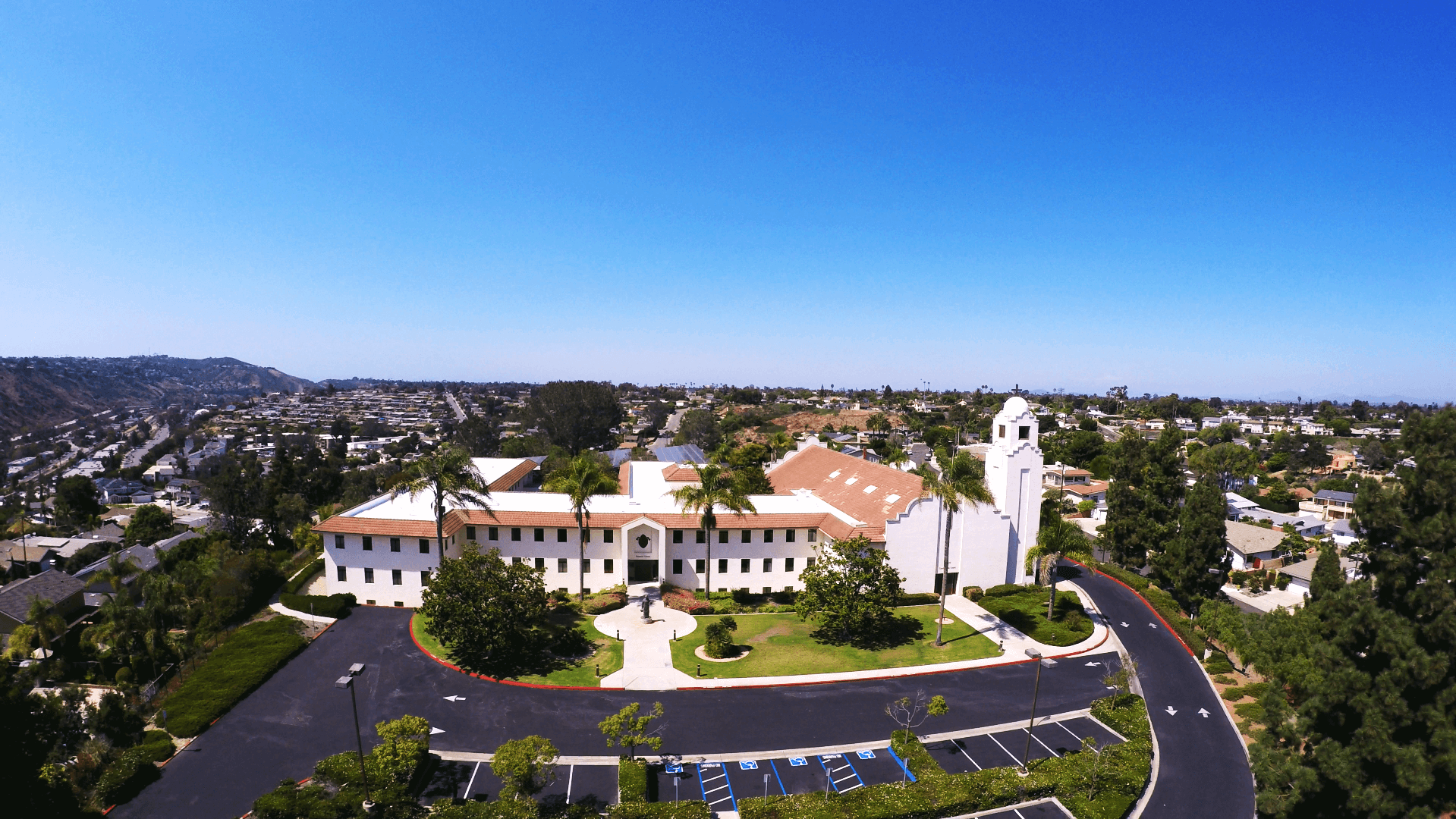(SAN DIEGO) – The Most Rev. Michael Pham was installed today as the seventh Bishop of the Catholic Diocese of San Diego. He was the first American bishop appointed by Pope Leo XIV and is the first Vietnamese American named to head a diocese in the United States. His installation took place in front of 1,200 family, friends and dignitaries at St. Therese of Carmel Parish in San Diego.
“Today, I humbly stand among giants and feel tremendous honor and privilege being appointed by Pope Leo XIV to lead and serve the Church in the Diocese of San Diego as Diocesan Bishop,” said Bishop Pham at his installation Mass.
Those on hand included the Pope’s U.S. representative, Cardinal Christophe Pierre; Cardinal Robert W. McElroy, of the Archdiocese of Washington, Bishop Pham’s predecessor at the Diocese of San Diego; and Archbishop José Gomez, of the Archdiocese of Los Angeles.
Bishop Pham fled Vietnam as a 13-year-old refugee in 1980, accompanied by his older sister and a younger brother, arriving first at a refugee camp in Malaysia, before being sponsored a year later in 1981 by an American family and relocating to Blue Earth, MN. A few months later, another sister came to live with them and in 1983 the remainder of his family – four more siblings and his parents – arrived in Minnesota. His family moved to San Diego in 1985.
Bishop Pham graduated from San Diego State University with a bachelor’s and started a master’s degree in aeronautical engineering before transferring to St. Francis Seminary at the University of San Diego. He completed his seminary training at St. Patrick’s Seminary in Menlo Park with Systematic Theology Baccalaureate and Master of Divinity degrees. He was ordained a priest of the San Diego Diocese in 1999. In 2009, he completed a Master of Science in Psychology. In 2020, he completed a Licentiate in Sacred Theology.
Bishop Pham also served as associate pastor of St. Mary Star of the Sea Parish; diocesan vocations director; and pastor of Holy Family, St. Therese and Good Shepherd Parishes.
As Vicar for Inter-Cultural Affairs, he was instrumental in establishing the annual Pentecost Mass for All Peoples celebrating the ethnic and cultural diversity of the San Diego region.
“On the day of Pentecost, as we heard from the first reading from the Acts of the Apostles, people spoke in different languages; and yet, they understood each other. The reason they understood each other was because they listened to each other,” said Bishop Pham in his homily.
“Only by listening to the Word of God and to each other, can we be guided by the Holy Spirit to right the injustices created in today’s world due to our human flaws and thus achieve peace,” he said.
Bishop Pham went on to say, “We will have true social justice only when all sisters and brothers are treated with dignity and respect. In this day, politics and social interactions shouldn’t focus exclusively on differences, but rather on the common good of the people. All people.”

